Acquiring Vaginal Examination Skills using a Virtual Reality Training Model
Virtual Reality Simulation: Clinical Pelvic Examination
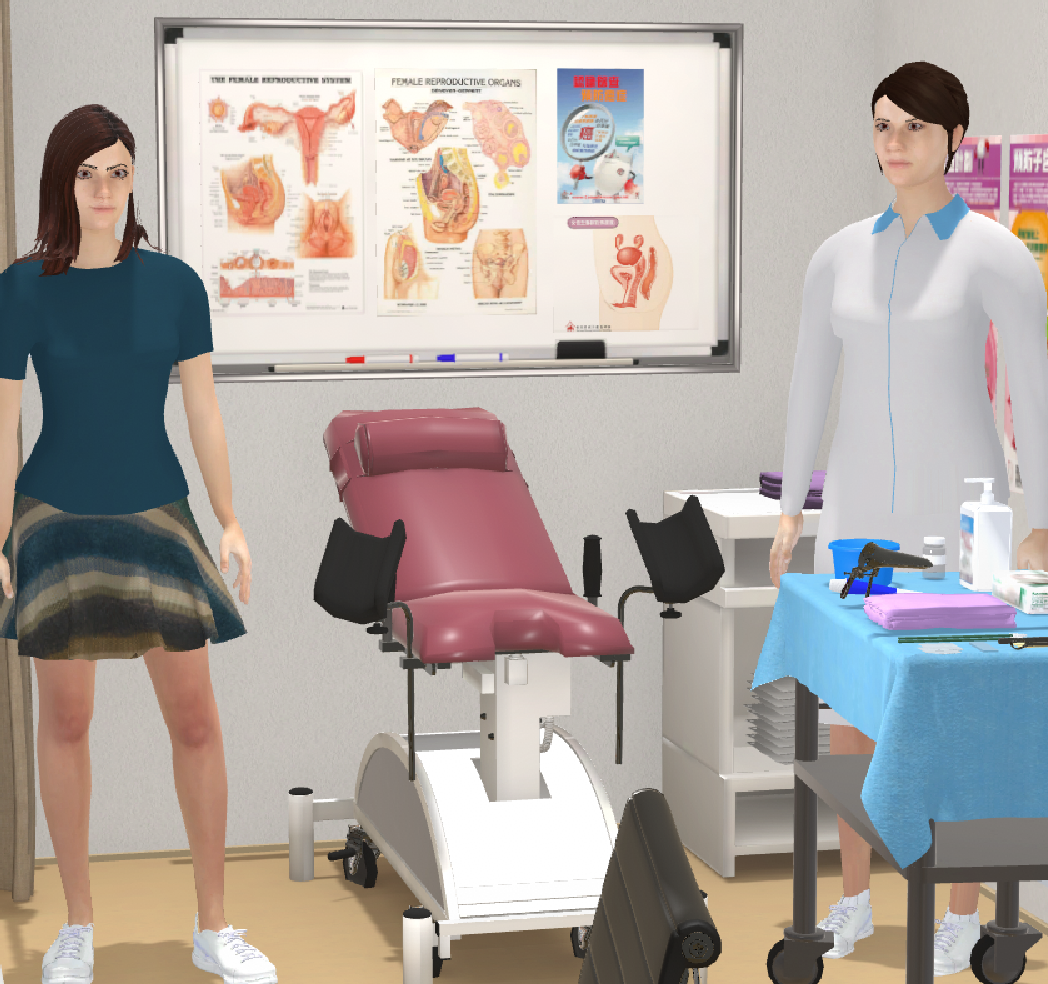
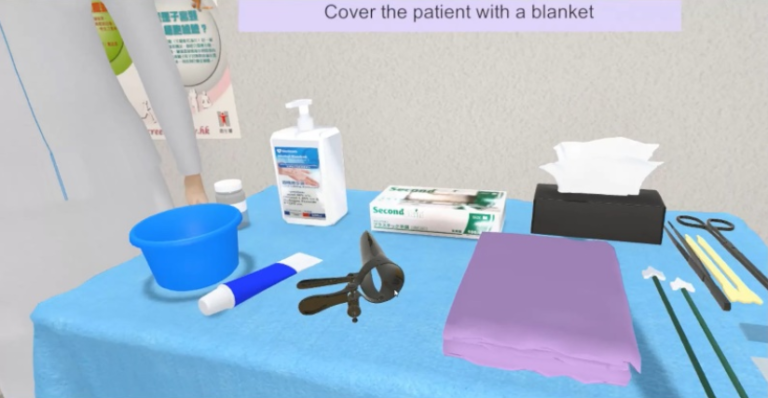
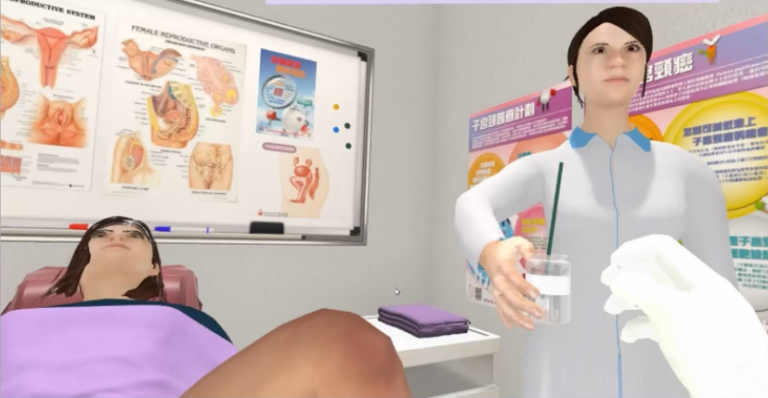
Gynecological exams are an important aspect of a woman’s health. Pelvic examination is one of the tests that can discover precancerous abnormalities early on, even before symptoms exhibit. The pelvic exam procedure necessitates prudence and a variety of techniques. Since practicing with a mannequin on a regular basis is challenging, another method of training is being examined. To simulate the actual process of pelvic exam, a virtual reality (VR) program is designed and integrated with an Arduino hardware dummy. With the use of the VR program, pelvic exam training can take place anywhere and there is a possible reduction of medical waste such as lubricant, gloves and cervix brushes. Medical students can quickly become familiar with the assessment process by practicing in the virtual reality application.
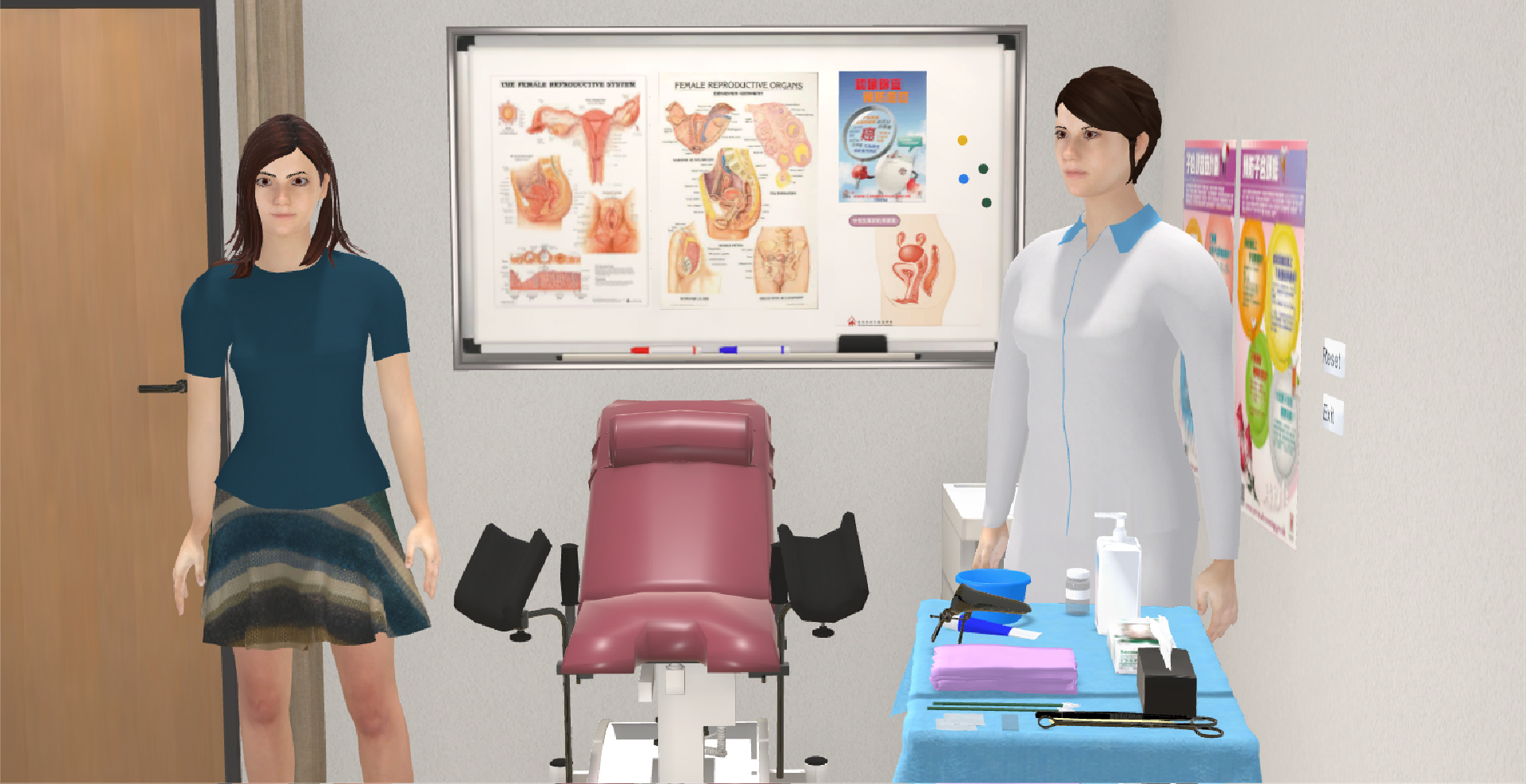
Fig. 1
The virtual gynecological clinic is shown in Figure 1. The participant must interact with the virtual patient and respond to the requirements of the patient. Participants will not only have the opportunity to practice practical skills of pelvic exam by recalling the technique, but they will also have the opportunity to interact with a virtual patient.
Figure 2 depicts the participant’s viewpoint during the VR experience. Participants will be able to follow the steps to perform a pelvic exam using a user interface bar that displays the technique. In this VR simulation, Leap Motion was used as a control method. A virtual hand that simulates real-life hand gestures and movements improves immersion and realism, making the simulation a viable tool for pelvic examination medical training.
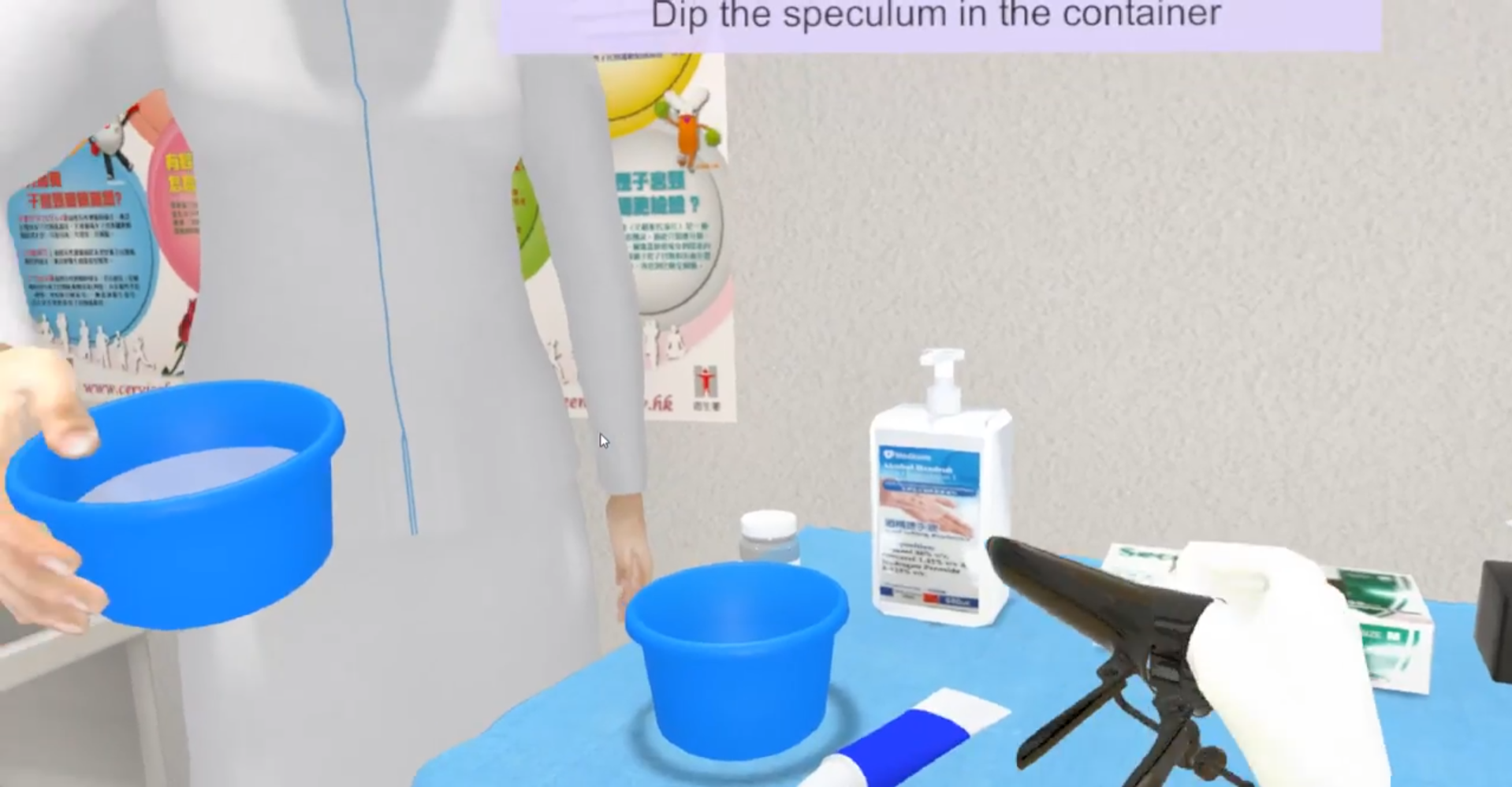
Fig. 2

Fig. 3
The Arduino hardware dummy is shown in figure 3. Particilants are required to perform some tasks using the dummy during the simulation. The combination of VR and real-lift hardware dummy introduces Augmented Virtuality (AV), which realtime state of real world object is presented in virtual world. This new concept of VR training achieved a high degree of realism with additional sense of tactile, sound, and speech.
Collaborating with





